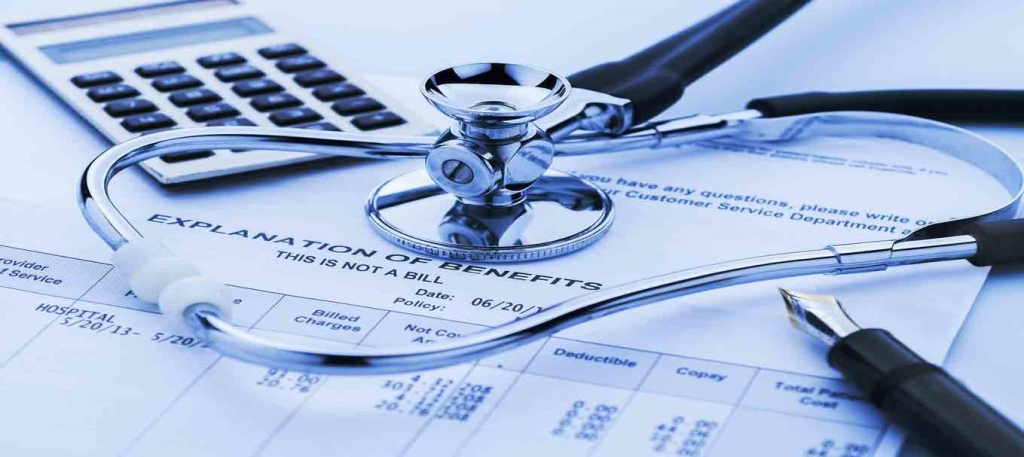**Title: Understanding the Ins and Outs of Medical Billing**
**Meta Title: A Comprehensive Guide to Medical Billing: Everything You Need to Know**
**Meta Description: Learn all about medical billing, including its importance, how it works, and the benefits it offers healthcare providers. Explore the world of coding, insurance claims, and revenue cycle management in this informative guide.**
**Introduction**
Medical billing is a crucial component of the healthcare industry that ensures healthcare providers receive proper compensation for the services they provide to patients. This intricate process involves translating healthcare services into billing codes, submitting claims to insurance companies, and managing the revenue cycle to optimize payment collection.
In this comprehensive guide, we will delve into the world of medical billing to help you understand its importance, how it works, and the benefits it offers healthcare providers. Whether you are a healthcare professional looking to learn more about medical billing or a patient curious about the behind-the-scenes of healthcare finance, this guide has you covered.
**The Importance of Medical Billing**
Accurate and efficient medical billing is essential for healthcare providers to maintain financial stability and provide quality patient care. Here are some key reasons why medical billing is crucial in the healthcare industry:
– Revenue Generation: Proper medical billing ensures that healthcare providers receive timely payments for the services they provide, helping them maintain financial viability.
- Compliance: Medical billing practices must adhere to strict regulations and guidelines set forth by government agencies and insurance companies to avoid legal issues and penalties.
– Patient Satisfaction: Clear and transparent billing practices can enhance the patient experience and promote trust between healthcare providers and their patients.
– Data Analysis: Medical billing data can provide valuable insights into healthcare trends, billing patterns, and revenue cycle performance, helping providers make informed decisions to improve their financial outcomes.
**How Medical Billing Works**
Medical billing involves a series of steps that begin when a patient receives healthcare services and culminate in payment collection. Here is an overview of the medical billing process:
1. Patient Registration: Patients provide their personal and insurance information to the healthcare provider, which is used to create a billing record.
2. Coding: Healthcare services are translated into standardized codes using systems like the International Classification of Diseases (ICD) and Current Procedural Terminology (CPT).
3. Claim Submission: Claims containing coded information are submitted to insurance companies for reimbursement of services rendered.
4. Adjudication: Insurance companies review claims for accuracy, coverage, and compliance before approving or denying payment.
5. Payment Posting: Payments received from insurance companies and patients are recorded in the provider’s billing system.
6. Revenue Cycle Management: Healthcare providers manage the entire revenue cycle, including claims processing, denials management, and accounts receivable to optimize payment collection.
**Benefits of Medical Billing**
Medical billing offers several benefits to healthcare providers, including:
- Increased Revenue: Efficient medical billing practices can maximize reimbursement rates and accelerate payment collection, improving the provider’s financial health.
– Reduced Billing Errors: Accurate coding and timely claim submission can reduce denials and payment delays, minimizing revenue loss.
- Compliance Assurance: Proper medical billing practices ensure that providers comply with regulations, minimizing the risk of audits and penalties.
– Improved Patient Experience: Transparent billing practices can enhance patient satisfaction and loyalty, fostering long-term relationships with healthcare providers.
**Practical Tips for Effective Medical Billing**
Effective medical billing requires attention to detail, knowledge of coding guidelines, and efficient claims processing. Here are some practical tips to improve your medical billing processes:
– Invest in Training: Ensure that your billing staff receives proper training on coding, billing regulations, and revenue cycle management to enhance their skills and performance.
– Utilize Technology: Implement billing software and electronic health record systems to streamline billing processes, reduce errors, and increase efficiency.
– Monitor Key Performance Indicators: Track metrics like claim denial rates, days in accounts receivable, and collection rates to identify areas for improvement and optimize revenue cycle performance.
**Conclusion**
Medical billing is a vital function in the healthcare industry that plays a significant role in ensuring the financial stability of healthcare providers. By understanding the importance of medical billing, how it works, and the benefits it offers, healthcare professionals can optimize their revenue cycle and improve patient care.
Whether you are a healthcare provider looking to enhance your billing processes or a patient curious about the intricacies of medical finance, this guide has provided valuable insights into the world of medical billing. By implementing best practices, leveraging technology, and monitoring key performance indicators, providers can enhance their financial outcomes and deliver quality care to their patients.



